Max Lamb
Standing in a bustling industrial estate in North London, halfway along a small mews of live-work studios, is furniture designer
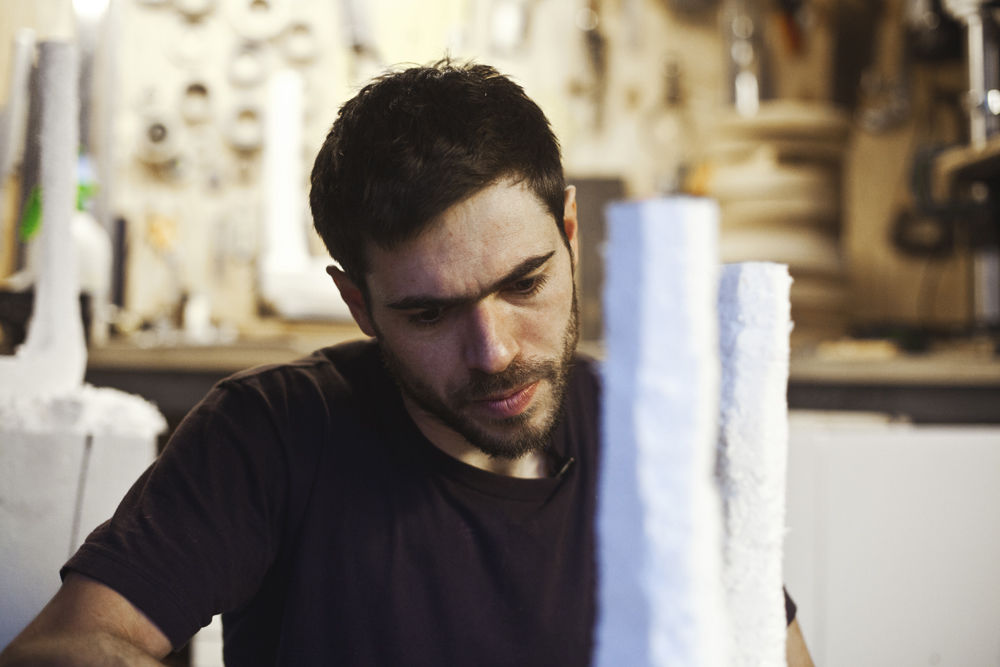
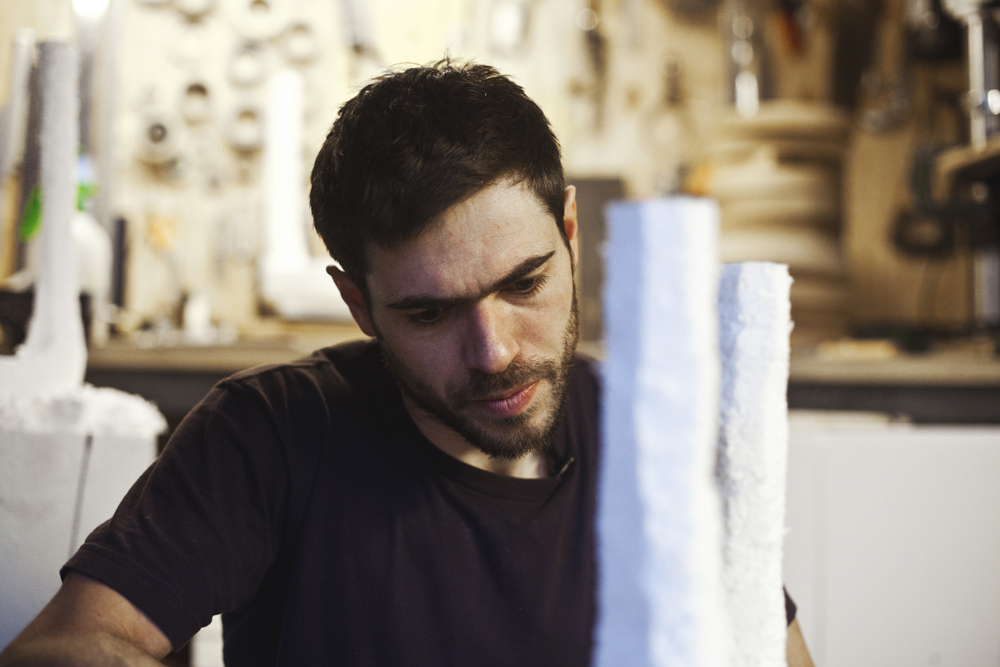
Standing in a bustling industrial estate in North London, halfway along a small mews of live-work studios, is furniture designer Max Lamb’s workshop and home. Stop by on a weekday afternoon and you might catch him halfway through carving a chair mould, or perhaps having a cup of tea at his dining table while he researches Russian stone quarries. Max is a furniture designer by trade, but he equally considers himself a furniture maker. And almost everything he designs he crafts by hand. This approach has formed his signature style, which explores everything involved in the process of turning raw materials into functional objects. ‘Being able to make something is the most important aspect to designing an object,’ Max explains. ‘Without understanding how a material works, what it can do and what processes are available to you, then it’s impossible to design a product that’s both economic in its use of materials and efficient in the way it’s produced.’ His role as a designer-maker initially came about through necessity. As a wide-eyed student at the Royal College of Arts, he wasn’t short of inspiration, but was – like most students – short of cash. ‘Finances were low but creativity was high,’ says Max. ‘I had lots of ideas for objects I’d like to make, but had no money to pay other people to produce them.’ So he took the cheaper option: to make them himself. Now, a few years later, and after a stint with the experimental arm of Tom Dixon’s furnitrue brand, Max his own practice in North London. It’s here that he designs furniture for his gallery-based exhibitions (he regularly shows at Fumi Gallery in Shoreditch) and private commissions by clients. ‘It’s created a new way of working that’s studio-based – almost like a cottage industry,’ says Max. ‘I can be in control of the design, the production and even the retail.’
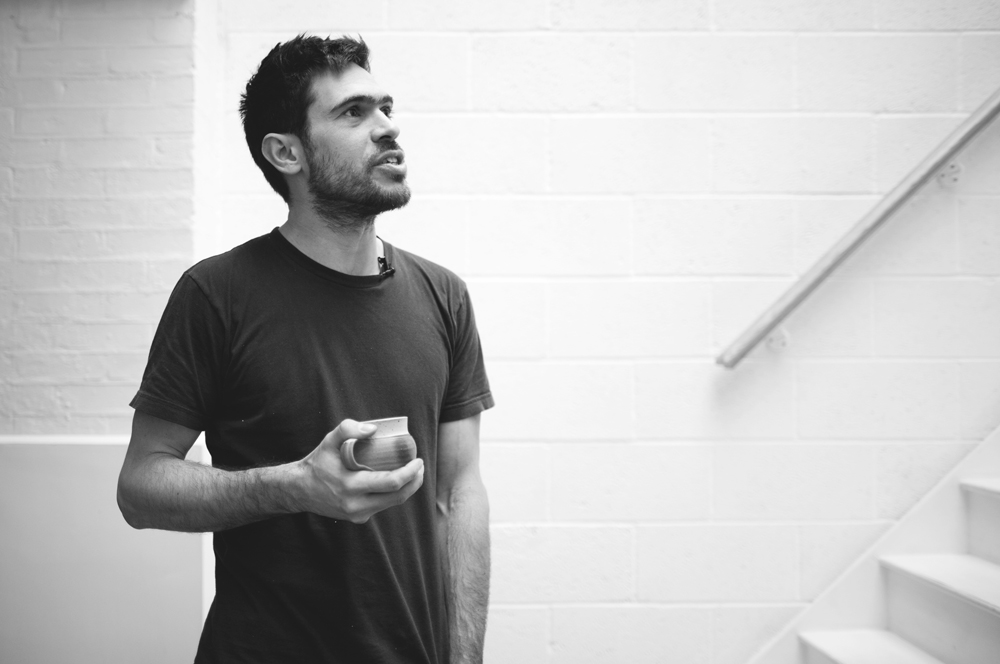
But perhaps the most crucial of these three aspects is the production. Specifically, the materials Max chooses to use and the way they’re processed. Take his Copper Stool, first designed in 2006. Its form – a rounded, four-legged chair covered in holes – is curious, tactile and almost other-worldly in appearance. But how he got to that structure is even more interesting. Using a process called electr-deposition, Max first creates a polystyrene skeleton of his object, then places it into an electrolytic solution. Metal particles in the liquid build up around the plastic mould – almost growing on it – and form a new metal layer. The plastic middle is then dissolved, leaving behind a hollowed copper stool. Other projects have used less futuristic techniques, and on occasion even archaic approaches. His Pewter Stool, for instance, saw Max revive an ancient process of creating furniture using sand, where he dug a mould at a Cornish beach and then filled it with molten metal. Then there’s his stone work, which involves a whole different set of tools. For his Delaware Bluestone chairs, Max used a giant industrial blade to penetrate through chunks of rock. Some of the final pieces had just two clean cuts – one for the back, one for the seat – with the rest of the material remaining intact in all its brutal glory. ‘I like to explore and experiment with that one material,’ says Max. ‘And I like to move around and change the environment I work in.
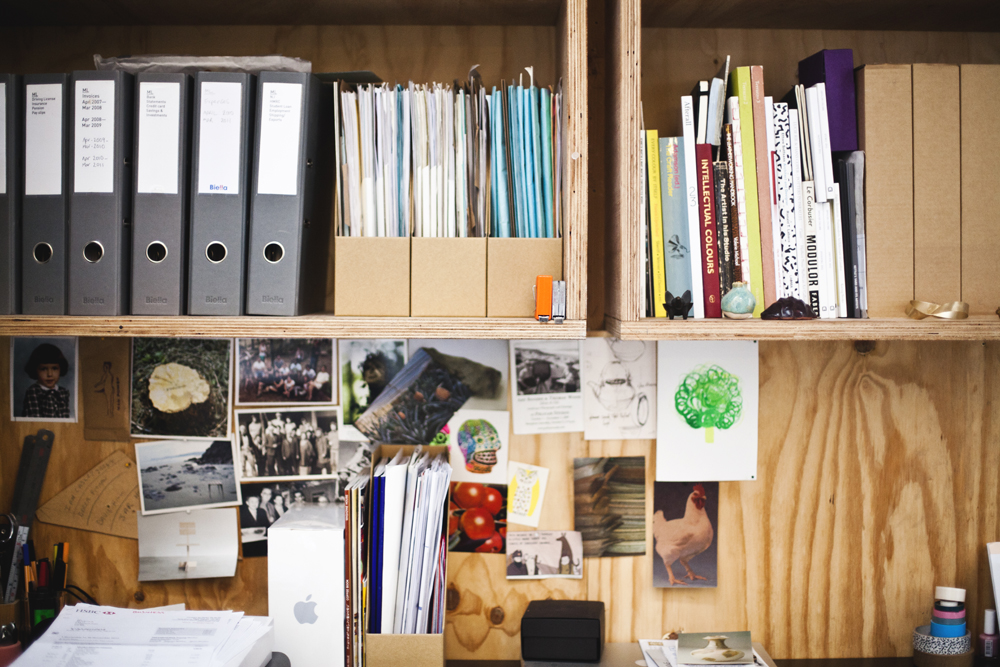
More people take notice and acknowledge the beauty in the handmade. There’s a different quality to handmade objects. I can spend time in the studio working with woodwork or polystyrene, but then I have to escape and go to the beach and do sand-casting or go to a quarry and work with some stone. It’s a really important part of my practice.’ He also likes to document his making as part of this. Just look at his Vimeo page. It’s full of time-lapse videos that provide an overview of how he took a piece of wood – or stone, or plastic, or any other material – and transformed it into a functional design. ‘The object doesn’t always speak for itself,’ says Max. ‘Especially when I’m only making one of something. It’s very hard to expose that work to a larger audience. But through photography and film it’s possible to engage with the masses.’ Letting people see how things are made seems pertinent at the moment, during a time where there’s a growing appetite for handcrafted items. ‘More people take notice and acknowledge the beauty in the handmade,’ says Max. ‘There’s a different quality to handmade objects.
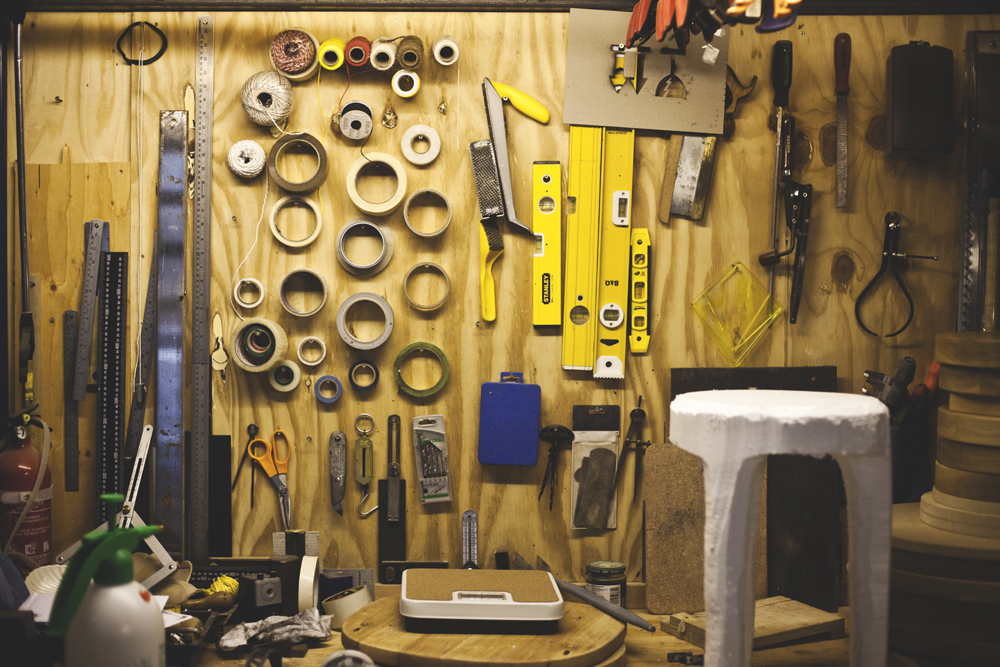
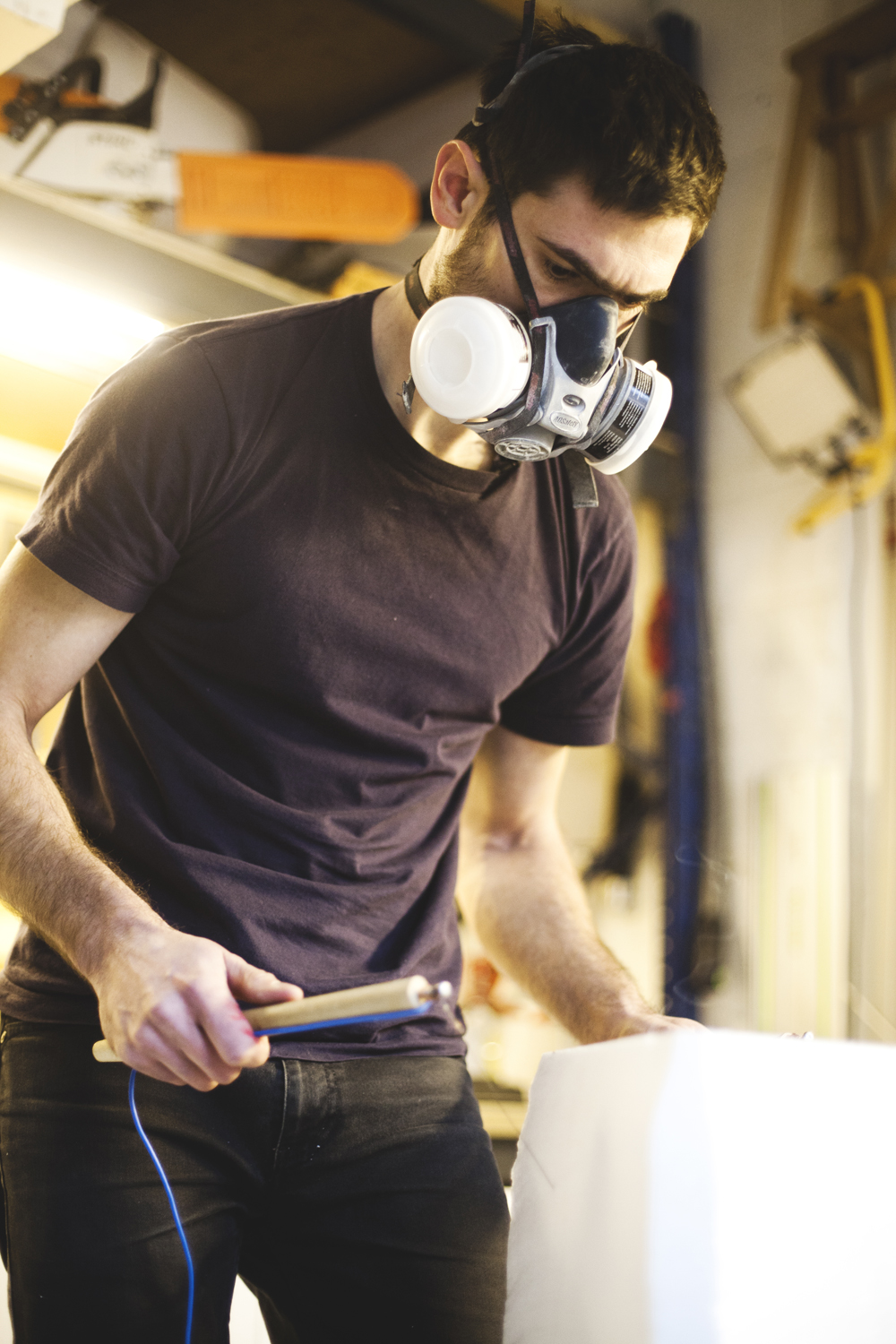
There’s a person behind the handmade – and we crave that humility.’ But he does believe that the current culture of mass-produced goods has left people sour. ‘An object that’s been handmade commands more value and respect than one that’s been mass produced or made by a machine.’ ‘It’s almost as if those mass produced objects become disposable. They’re not, of course, but there’s no real sentiment attached to them.’ The digital and mobile world has added to this appetite too, he concedes, where individuals now seek meaning from tangible objects. ‘It’s hard for people to understand how these digital contraptions can do so many things,’ explains Max. ‘And it’s not just objects, but virtual objects – the media, the internet – these sorts of intangible things. I see a reaction to that. A very tangible and visceral reaction. People want objects that are so plain, easy to understand and literal.’ And this, says Max, is where his designs comes in – in this physical, tangible and tactile world.
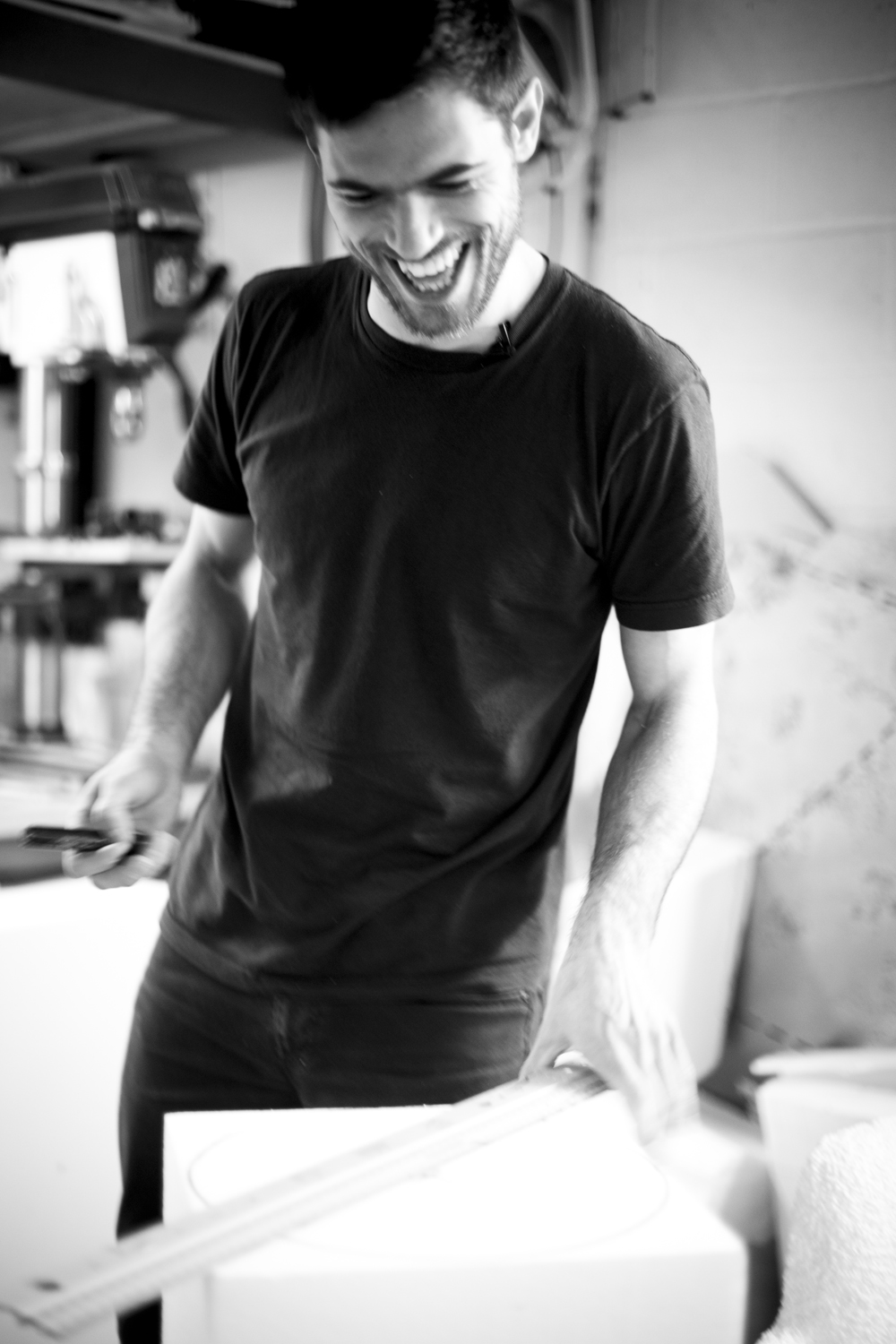
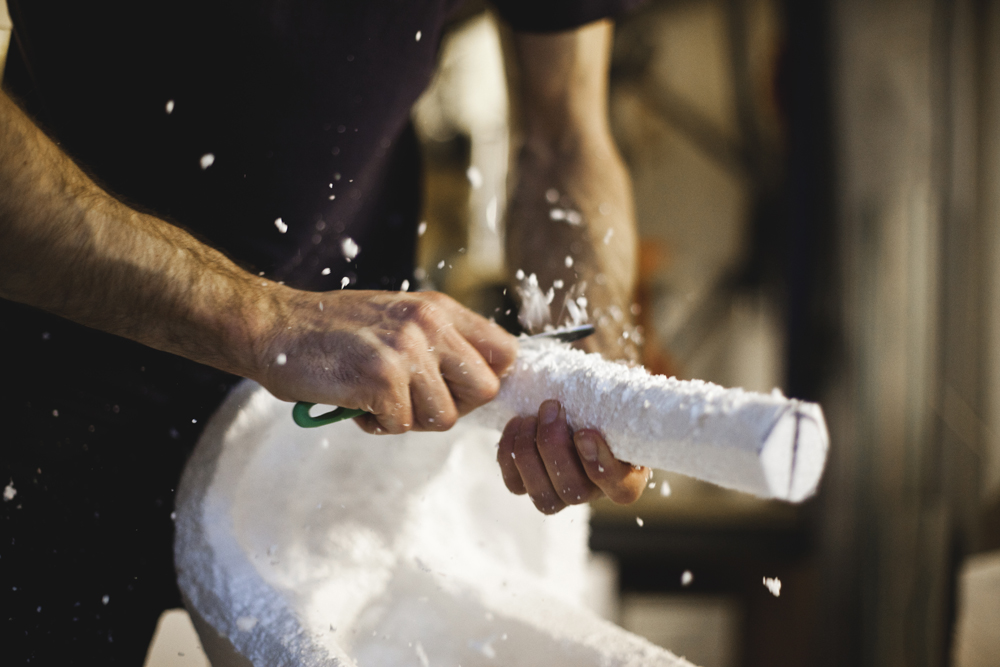
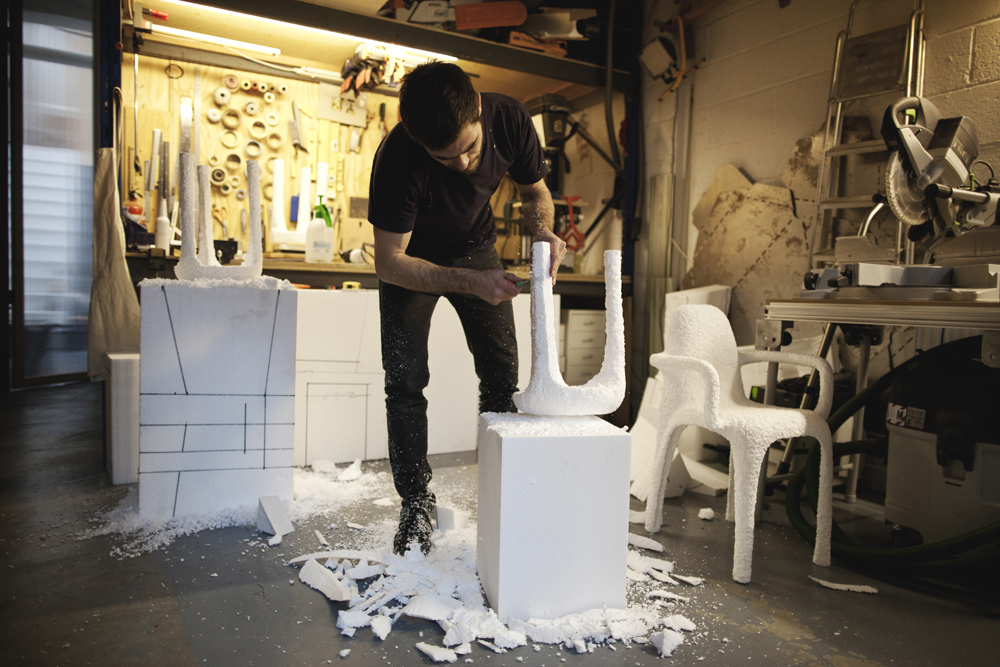
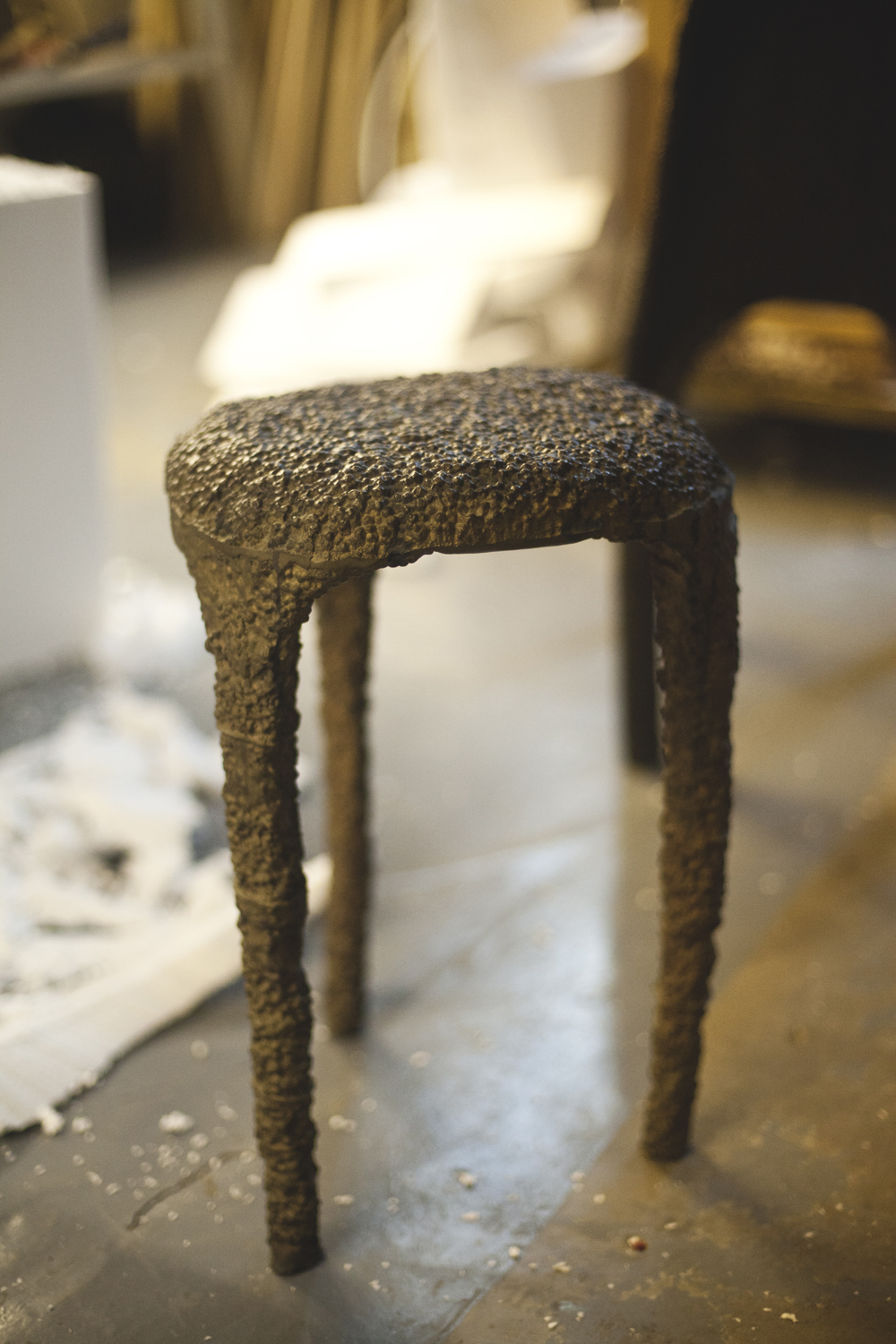
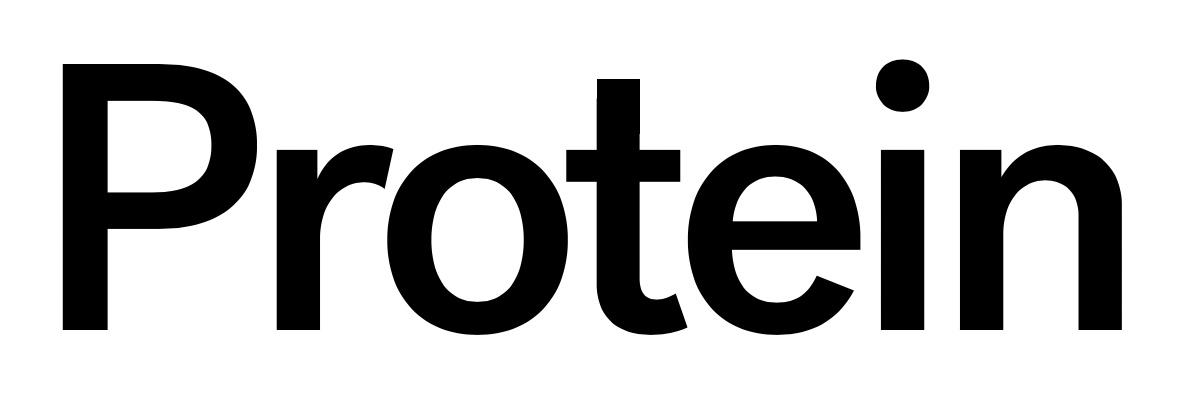


Discussion